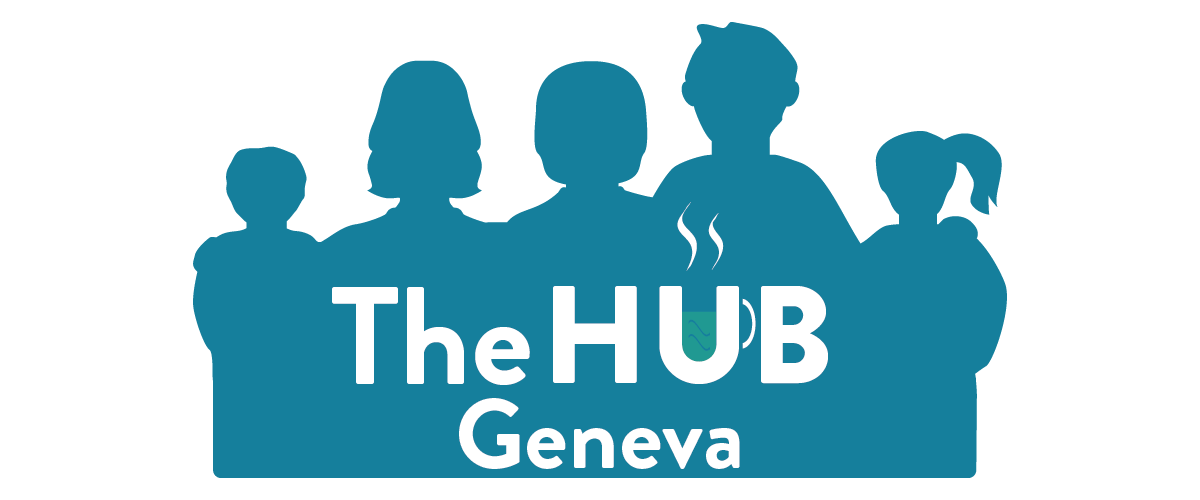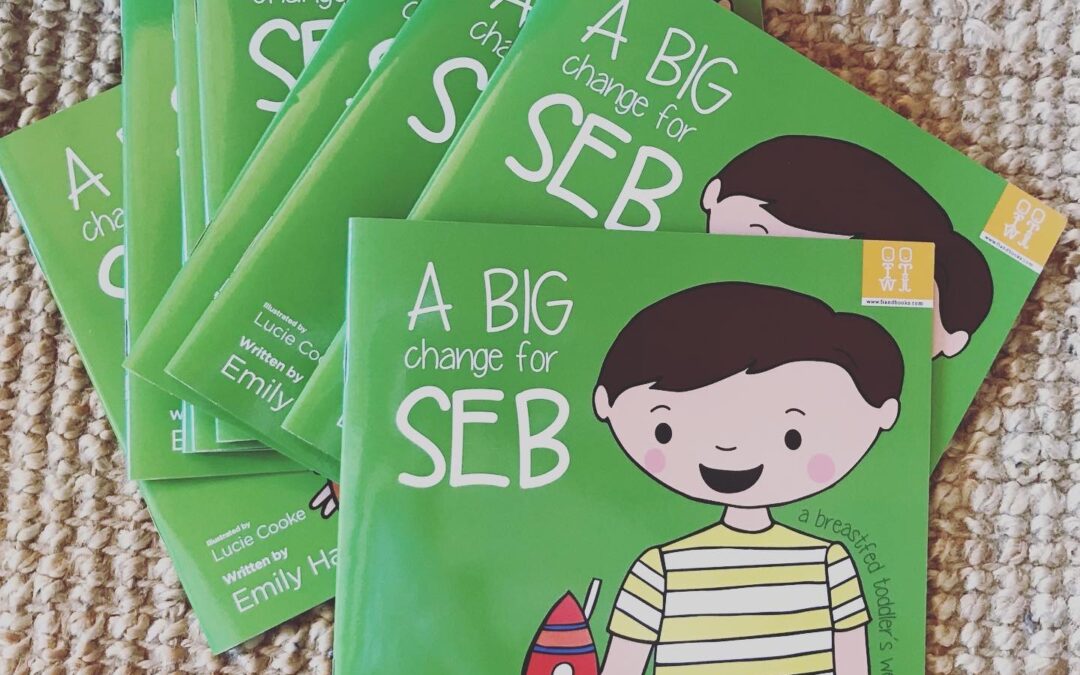What we hadn’t counted on was the fact that despite being superficially recognisable, there would still be issues with language, administrative battles to fight and it would be many weeks before we finally figured out how the dechetterie was supposed to work!
Still, eventually life settled down, and then we decided to have a family…
Giving birth in Switzerland exacerbated my feelings of isolation at times as I grappled with attitudes to birth that were slightly off kilter with my own cultural expectations.
I wanted a natural birth, but here, an epidural seemed to be the default. I wanted to breastfeed and was perplexed when a midwife asked my partner if he would allow me to “give my breasts to the baby”.
“Erm, yes”, was his startled response. “Isn’t that what they’re for?”
My first child took far too long to come out.
“You’re doing it wrong,” my partner said, translating the French that hammered around me in the hospital, a discombobulation of unnecessary noise, increasing my sense of alienation. “They’re saying you’re breathing him up not down”.
He was in intensive care for a few days after he was born and was so stressed from the birth that I wasn’t allowed to even touch him, meaning we missed out on vital skin-to-skin and the ‘first latch’ that I’d been reading about in pregnancy. I was determined to build a supply by pumping and managed to feed him syringes of colostrum while we then began to work on him latching. I remember sobbing in hospital after days and days of no sleep, ineffectual pumping, and cavalier midwives who I struggled to communicate with because my French had not progressed much beyond being able to competently order a coffee.
There was more than one farcical moment where midwives would mime what I was supposed to do whilst shouting key words at me. On the third day my breasts were like over ripe melons, and I will never forget the ensuing game of charades as the midwife mimed showering, squeezing and some sort of eventual release!
Luckily, the after care in Switzerland seemed to be far more thorough than what my friends in the UK were experiencing. There was pelvic floor therapy offered on basic insurance and a focus on ensuring both mother and baby were thriving. I had support with breastfeeding from a midwife who visited me at home for as long as I needed her. My insurance also covered sessions with a lactation consultant which I used initially to get us going with breastfeeding, once when we started solid food at 6 months and then again when we finally weaned at two and a half years.
Again, this was very different to the experiences of my UK friends who often had stories of negative comments made to them as they breastfed their babies in public and felt that if they were feeding them for an ‘extended’ period that they almost needed to hide this because of the judgement from others.
In Switzerland, the biggest issue to feeding in public for me was the fact that many older ladies seemed to choose that exact moment to come over to meet the baby! They didn’t seem to care about getting a nipple flash so in the end I just used it as a chance to practice my small talk and carried on!
Having a baby in Switzerland was tough in other ways however, and I found that, compared to the UK, baby groups and connections with other parents were harder to find.
Like many first-time parents, I struggled with the identity shift into life at home with a baby but once I’d gone back to work and regained a sense of purpose, everything shifted again.
Now on maternity leave for a second time, I was determined to do something just for me. Writing has always been one of my passions, so I decided to write my own children’s picture book – the one I wish I’d had! ‘A big change for Seb: a breastfed toddler’s weaning story’ includes a range of gentle techniques as well as exploring some of the emotions an older child might feel when breastfeeding comes to an end.
It might not work for every toddler, but I would love to help parents who might be feeling a lack of support with this stage of their breastfeeding journey, as well as playing a role in normalising the breastfeeding of toddlers and older children.
Check out my website www.sebtheseries.com or @sebtheseries on Instagram, Facebook or Twitter if you are interested in updates!


Thanks Emily for sharing your story. I think so many of us can relate to different parts of your story 😉